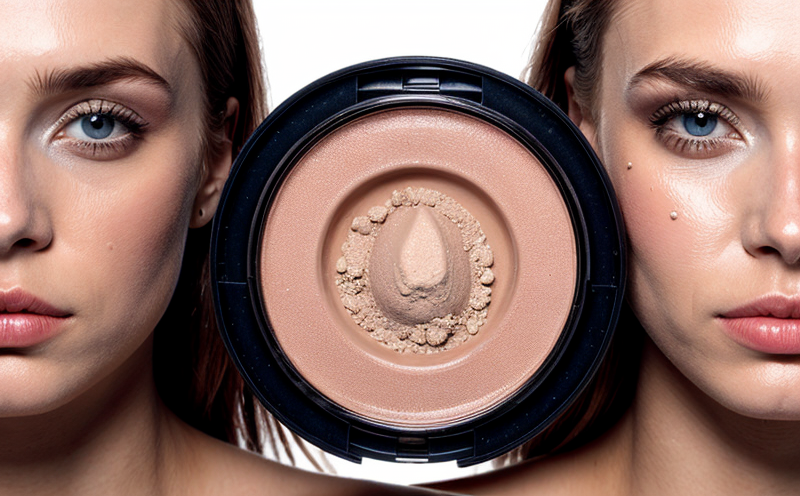Lead Acetate Detection in Hair Products
In the cosmetics sector, ensuring product safety and compliance with regulatory standards is paramount. One critical aspect of this process involves detecting heavy metals such as lead acetate in hair products. Lead acetate can be inadvertently introduced during manufacturing processes or through contamination. Its presence may pose health risks to consumers, making its detection and quantification essential.
Lead acetate, often used for pH adjustment, emulsifying, and thickening purposes, can become a significant concern in hair products due to improper handling. The cosmetic industry is subject to stringent regulations aimed at protecting consumer health. Regulatory bodies like the European Union, United States Food & Drug Administration (FDA), and others set limits on heavy metal concentrations in cosmetics. For instance, the EU has established maximum allowable levels for lead acetate in various product categories.
Detection methods for lead acetate involve several steps to ensure accuracy and reliability. These include sample preparation, extraction techniques, instrumental analysis using technologies such as Inductively Coupled Plasma Mass Spectrometry (ICP-MS), and Chromatography coupled with Mass Spectrometry (LC-MS/MS). Each step is crucial in minimizing matrix effects and ensuring precise quantification.
The process begins with careful sample collection, followed by extraction to concentrate the analyte. The extracted solution undergoes instrumental analysis where the detection limit can be as low as parts per billion (ppb), providing a level of precision necessary for compliance testing. Reporting is conducted according to international standards such as ISO 17025 and ASTM E1623, ensuring that results are accurate, reproducible, and traceable.
Understanding the context within which this service operates helps stakeholders appreciate its significance. Hair products not only impact daily aesthetics but also contribute to overall well-being by maintaining strong hair structure. The presence of lead acetate can compromise these benefits if improperly managed. By adhering to rigorous testing protocols, manufacturers and regulatory bodies ensure that consumers receive safe and effective products.
This service is particularly relevant for quality managers, compliance officers, R&D engineers, and procurement teams who need reliable data to inform decision-making processes regarding product safety and regulatory adherence. The expertise in this area can be leveraged across various cosmetic categories, including shampoos, conditioners, hair dyes, and other treatments.
Applied Standards
| Standard | Description |
|---|---|
| ISO 17025 | Absence of bias and traceable results in testing. |
| ASTM E1623 | Guidelines for sampling and analysis of cosmetic products. |
| EU Cosmetics Regulation | Maximum allowable levels of heavy metals in cosmetics. |
Industry Applications
- Testing raw materials for lead acetate before formulation.
- Monitoring final product batches to ensure compliance with regulatory limits.
- Evaluating the effectiveness of quality control measures in reducing heavy metal contamination.
- Investigating unusual cases where consumers report adverse effects, potentially linked to lead acetate presence.
Use Cases and Application Examples
A leading hair care company was faced with a challenge when their product line began receiving complaints about potential health risks. Upon investigation using our specialized testing service, it was found that lead acetate contamination had crept into the supply chain due to an unregulated supplier. This discovery prompted immediate corrective actions including supplier audits and process changes.
In another instance, a small-scale artisanal hair salon operator sought assurance about the safety of their in-house formulated products. Our service provided peace of mind by confirming that all formulations met stringent international standards for heavy metal content.





